



No matter what the struggles of the day are, a peaceful sleep at night is considered the ideal remedy. But a good night’s sleep evades Thressiamma Thomas, a 47-year-old resident of Mankombu in Kerala’s Kuttanad region. Before she hits the bed, she stacks up expensive electronic items on her shelves. Even the wooden cot she sleeps on balances atop thick bricks. The reason? Floodwaters that breach households and inundate farm lands in central Kerala’s Alleppey district. At 2.2 metres below sea level, this district lies at the lowest altitude in India.
For tourists, drawn to Kerala’s picturesque landscape, Kuttanad seems like a heaven with its green paddy fields, canoes crisscrossing the narrow canals and migratory birds passing through the landscape. But for the residents of this region, flooding has become part and parcel of life, especially in the past 15 years.
“Kuttanad is a beautiful palace to live in, if not for the flooding,” says Thressiamma who settled there after her marriage, 30 years ago. “We can no longer predict when it will rain or how long it will last.”
Local residents say that climatic changes play a big role in Kuttanad’s rising water levels, which is making the region more and more uninhabitable. Following a night of heavy rainfall, people like Thresiamma often wake up surrounded by a pool of water inside their own houses. She says that such flooding occurs at least four times a year. Each time, her house remains flooded for a minimum of 15-20 days. This has also increased the risk of water-borne diseases.
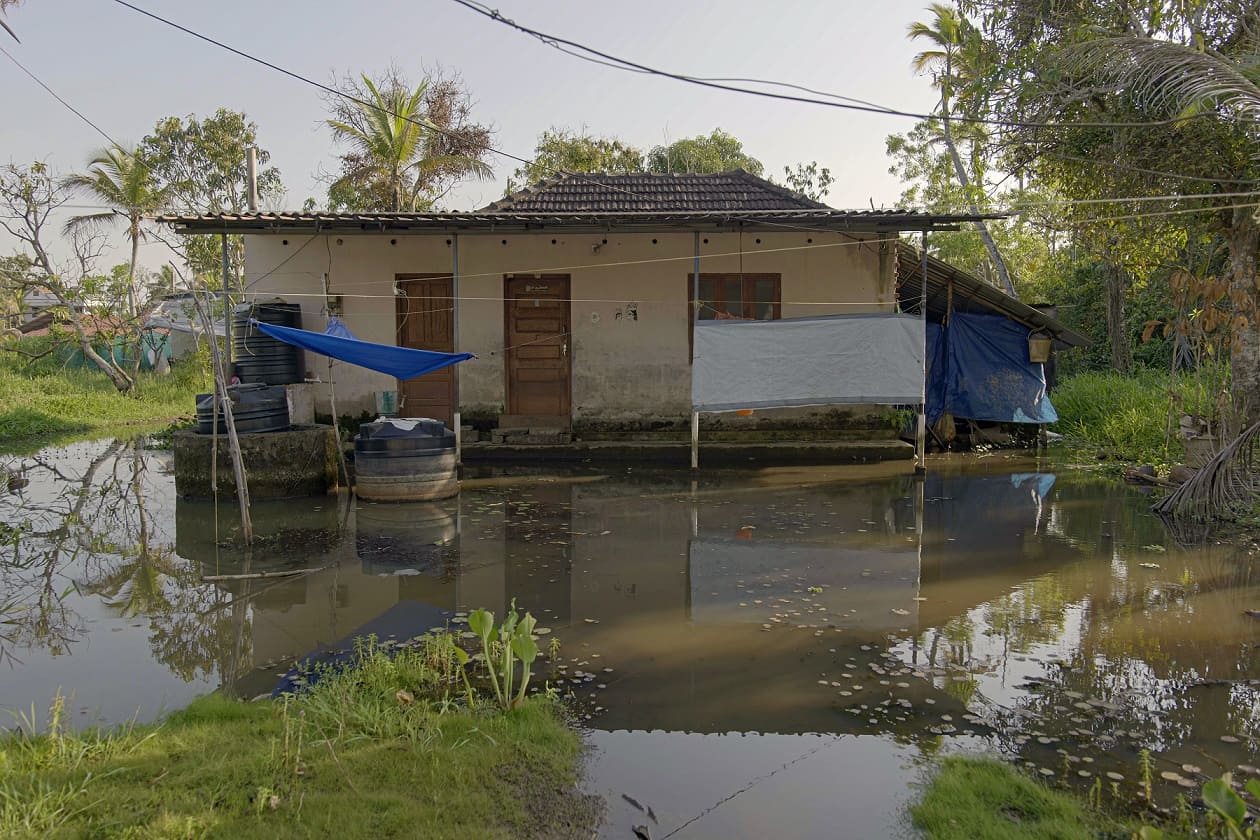
Photo: Shawn Sebastian
According to a CEEW analysis, every 100 mm of rainfall can inundate up to 8 per cent of Alappuzha district’s total land area.
Water doesn’t recede easily anymore since the massive 2018 Kerala floods, observes Thresiamma. As a result, ghost houses have become a reality in Kuttanad; those who can afford to leave have migrated to safer locations, hoping to return one day.
But Thressiamma’s family wished to remain in Kuttanad and overcome the crisis. Learning from the experiences of a few climate-resilient houses that were built in the locality, her family decided to demolish the old house and build a new one. Now, the basement is at an elevation of over five feet, supported by tall pillars that can withstand flooding.
“Now we don't need to worry that much because the flood waters won’t rise this high,” says Thomas Joseph, Thressiamma’s husband and an agriculturist.
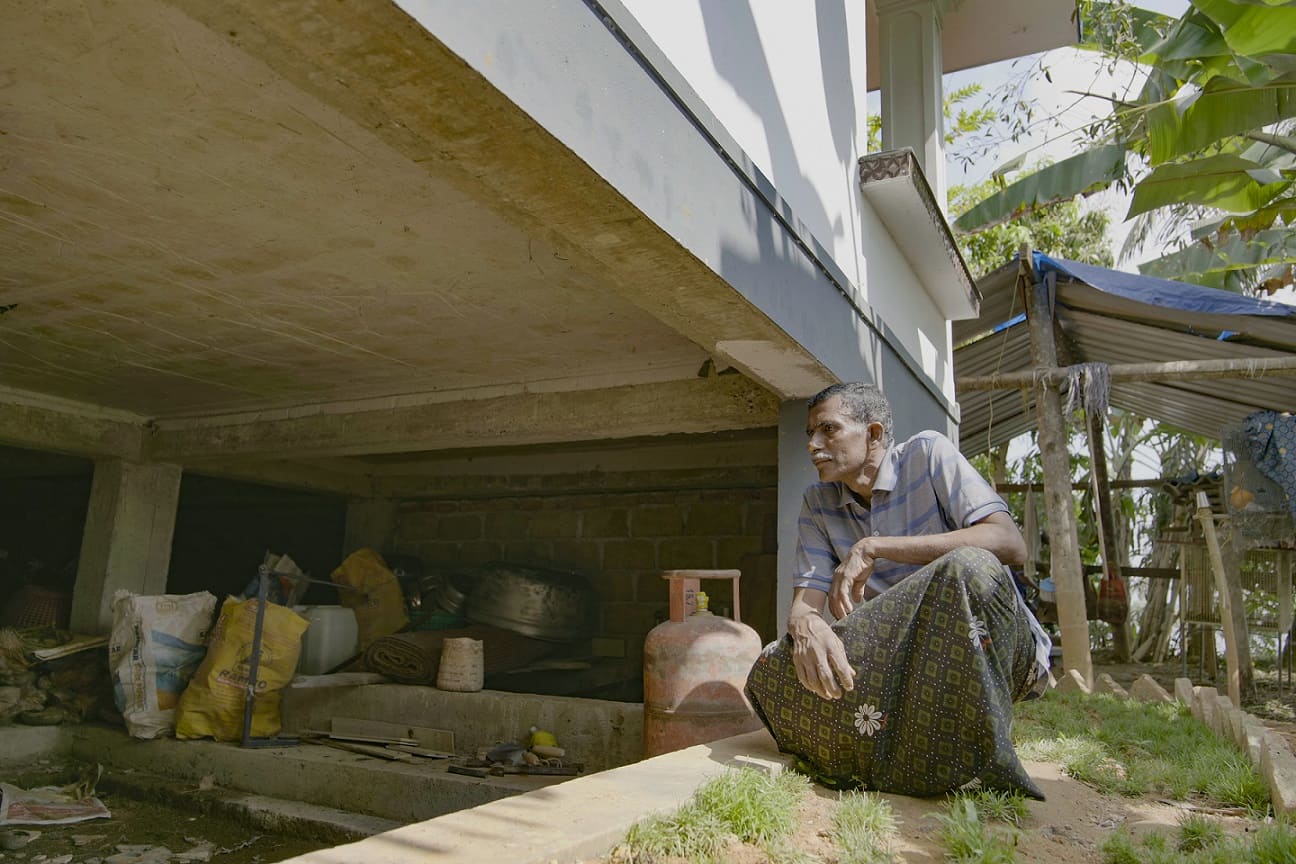
Thomas Joseph shows the elevation of the new house. Photo: Shawn Sebastian
While their children don’t want to stay in Kuttanad, the parents are determined to cope with climatic changes by making their home climate resilient – both due to their attachment to the land as well as financial concerns. As takers for land in Kuttanad are far and few, the family can only raise money for another piece of land by selling their existing one.
Since they elevated their houses, not just Thresiamma, but several families in the Kerala district, now feel at peace and secure. Both government and non-profit charity groups have started investing in houses with a higher basement level after the 2018 floods. These climate-resilient homes show that hazard-informed infrastructure planning and development can save lives, livelihoods, assets, economic losses and the memory of a home.
Watch the full film here.
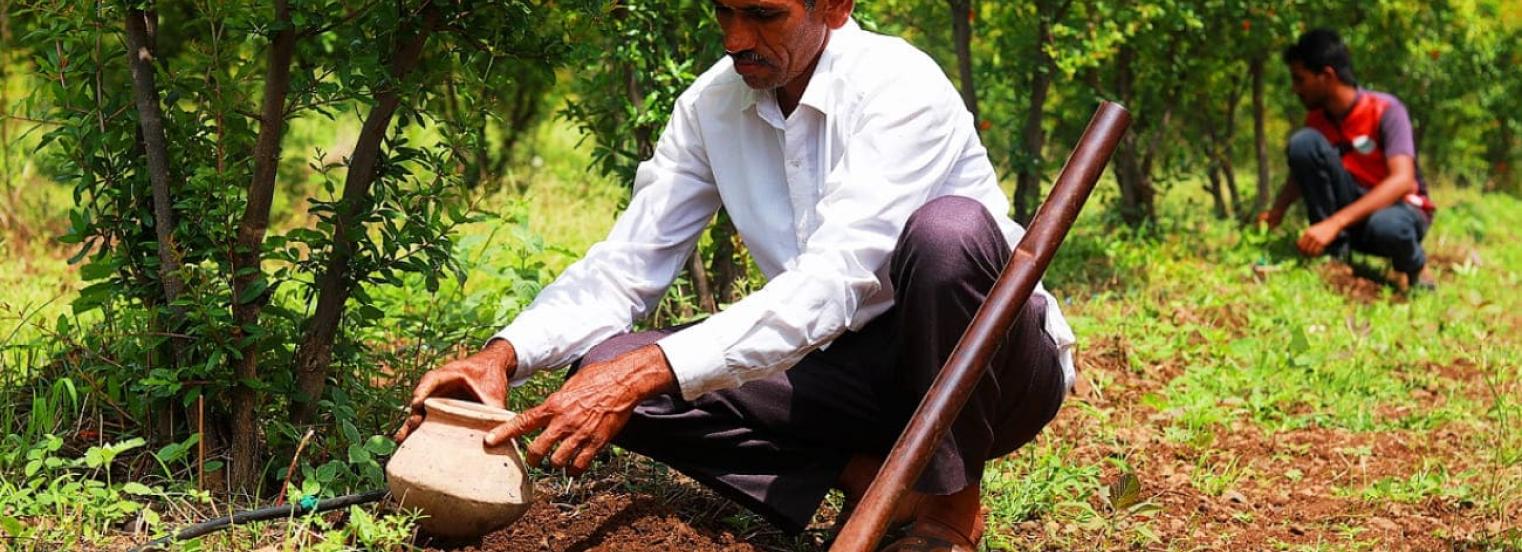
How an Ahmednagar farmer is adapting to drought
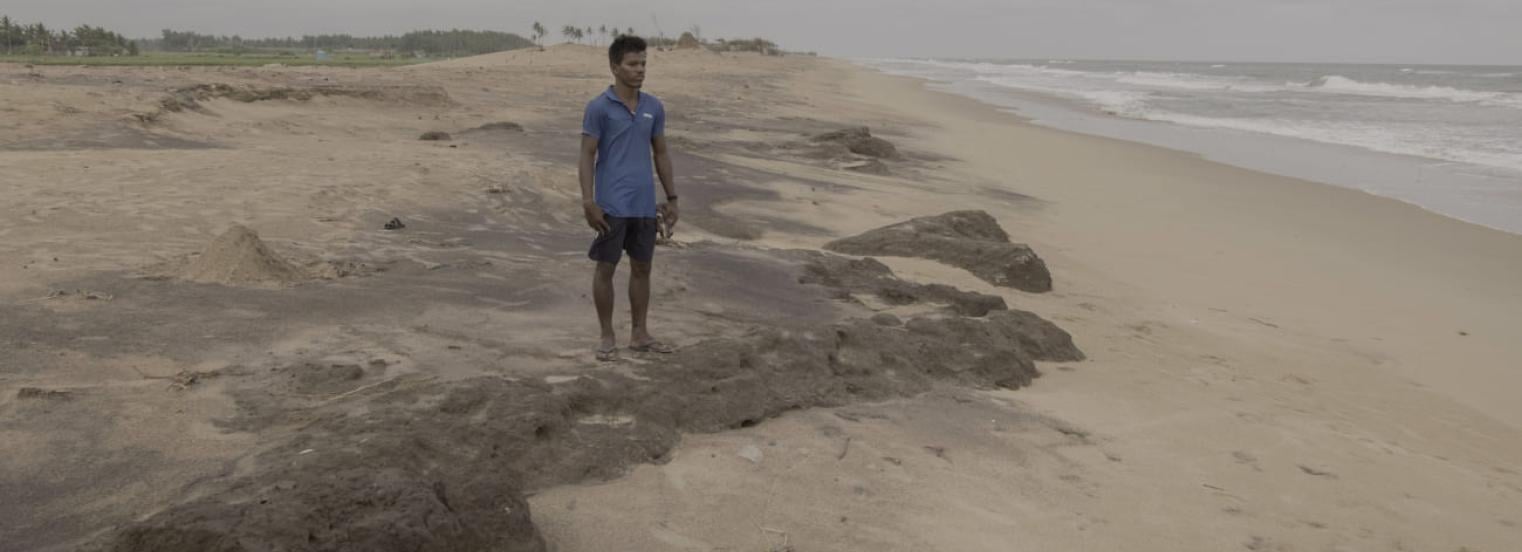
Relocated Odisha villagers call for climate-proofing livelihoods
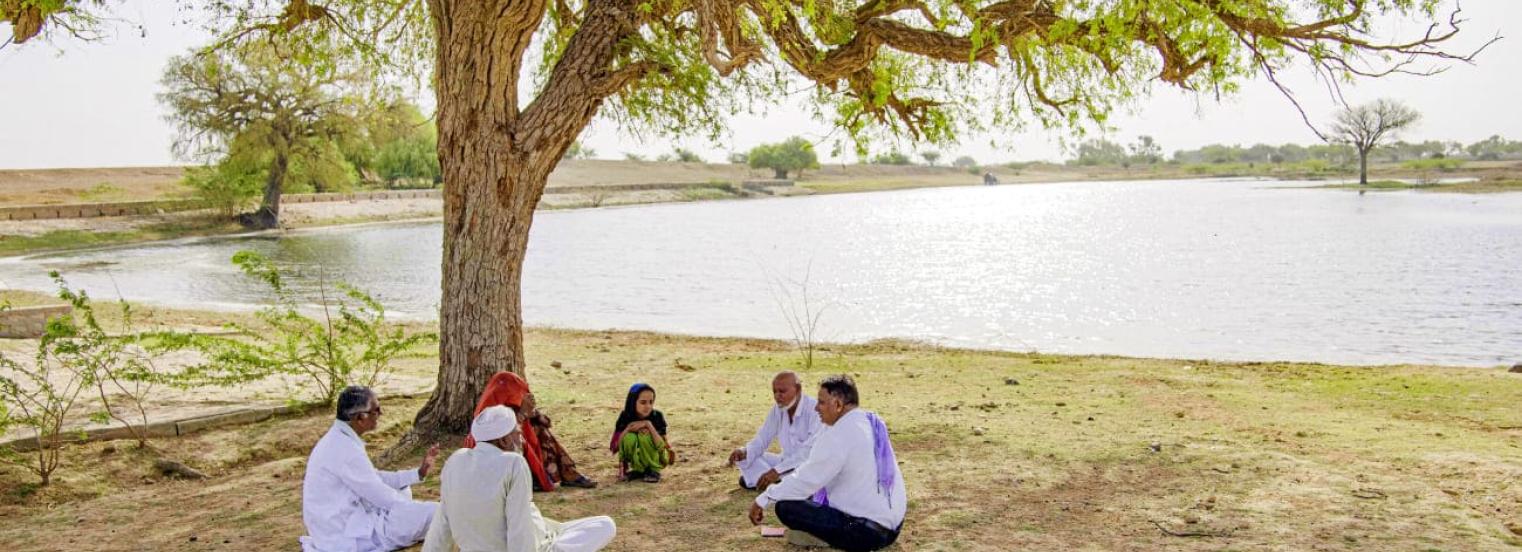
How a Rajasthani village is reviving traditional water management practices